Unleashing the Power of Financial Aid to Equalize Postsecondary Education
Higher Education Today
JULY 19, 2023
Read more » The post Unleashing the Power of Financial Aid to Equalize Postsecondary Education appeared first on Higher Education Today.
This site uses cookies to improve your experience. To help us insure we adhere to various privacy regulations, please select your country/region of residence. If you do not select a country, we will assume you are from the United States. Select your Cookie Settings or view our Privacy Policy and Terms of Use.
Cookies and similar technologies are used on this website for proper function of the website, for tracking performance analytics and for marketing purposes. We and some of our third-party providers may use cookie data for various purposes. Please review the cookie settings below and choose your preference.
Used for the proper function of the website
Used for monitoring website traffic and interactions
Cookies and similar technologies are used on this website for proper function of the website, for tracking performance analytics and for marketing purposes. We and some of our third-party providers may use cookie data for various purposes. Please review the cookie settings below and choose your preference.

Higher Education Today
JULY 19, 2023
Read more » The post Unleashing the Power of Financial Aid to Equalize Postsecondary Education appeared first on Higher Education Today.
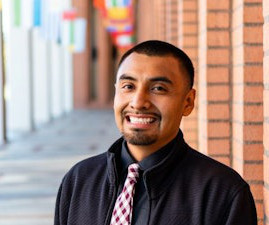
Diverse: Issues in Higher Education
JANUARY 13, 2025
Title: Assistant Professor of Higher Education, Department of Educational Leadership, College for Education and Engaged Learning, Montclair State University Tenured: No Age: 37 Education: B.A., Higher and Postsecondary Education, Teachers College, Columbia University; Ph.D.,
This site is protected by reCAPTCHA and the Google Privacy Policy and Terms of Service apply.

Academe Blog
NOVEMBER 30, 2023
BY LOGAN JOHNSON In 2020, state bans on teaching “divisive concepts” in elementary, secondary, and postsecondary education began sweeping our nation.

IHEP
FEBRUARY 21, 2025
To address these variations, the Institute for Higher Education Policy launched the Value Data Collaborative , an initiative to help higher education leaders better understand and measure the value of postsecondary education.
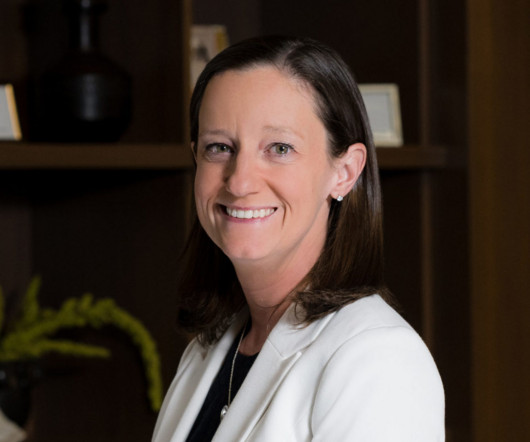
Diverse: Issues in Higher Education
MAY 28, 2024
New research, led by the Institute for Higher Education Policy (IHEP), dives into questions of postsecondary value and equity. It also can inform policymakers and institutions about targeted strategies to improve the returns on postsecondary education for all students,” said IHEP President Mamie Voight.

Inside Higher Ed
MAY 1, 2024
This month’s episode of The Key podcast explores a vexing question: How might policy makers and college leaders go about showing that getting a postsecondary education pays off for later in life?

Diverse: Issues in Higher Education
OCTOBER 20, 2022
based Institute for Higher Education Policy (IHEP), one of the nation’s premiere education research and policy centers, Dr. Michelle Asha Cooper has a vision. Since taking the helm of IHEP in 2008, Cooper’s been out front influencing national education policy. As president of the Washington, D.C.-based
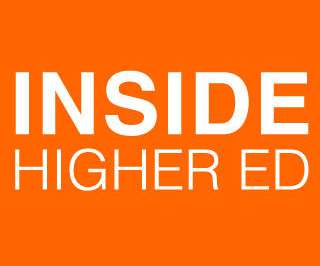
Inside Higher Ed
FEBRUARY 8, 2023
The episode focuses less on the possible sale of Phoenix -- about which details remain sketchy -- than on the overall state of for-profit institutions, the changing definition of “for-profit” in higher education, and how to regulate the increasingly blurry landscape of postsecondary education and training.
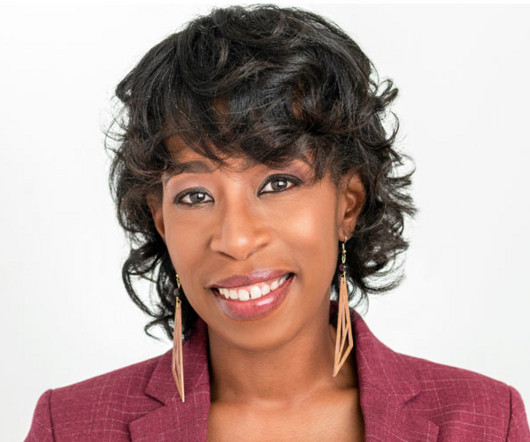
Diverse: Issues in Higher Education
MAY 8, 2024
Zamani-Gallaher’s scholarly work focuses on equitable participation in higher education; transfer, access, and retention policies; minoritized student populations in marginalized institutional contexts; and racial equity and campus climate in postsecondary education pathways.
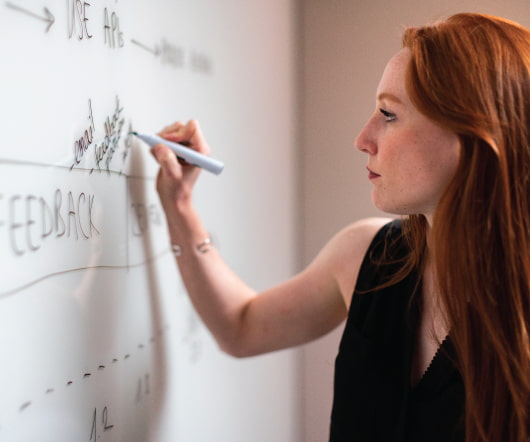
Diverse: Issues in Higher Education
JULY 30, 2024
New America Americans still generally value higher education and support more investment from the state and federal government to make it more affordable, according to a new report from New America. It explores how Americans have evolved their opinions of higher education’s value over time.

Diverse: Issues in Higher Education
JUNE 20, 2023
million undergraduates, typically deliver the minimum economic return to students, according to a recent report from the Institute for Higher Education Policy (IHEP). At least 2,414 institutions, enrolling 18.3 Improving college affordability can have a marked impact on the value students receive.

Diverse: Issues in Higher Education
JANUARY 24, 2023
Almost 90% of students whose family income places them in the top quintile of earnings decide to enroll in either a two or four-year college, while just over 50% of high school graduates coming from the lowest quintile of earnings go on to enroll in postsecondary education. We have this prevailing meritocracy aura in higher education.

Inside Higher Ed
FEBRUARY 9, 2023
The episode focuses less on the possible sale of Phoenix—about which details remain sketchy—than on the overall state of for-profit institutions, the changing definition of “for-profit” in higher education and how to regulate the increasingly blurry landscape of postsecondary education and training.

Inside Higher Ed
SEPTEMBER 29, 2022
” “It became very clear to us that just focusing on addressing the financial burdens would not solve the problem of this movement away from postsecondary education,” he said. “They’re far more interested in what the translation is from college to job.

Higher Education Today
AUGUST 12, 2024
Title: Legacy Looms Large in College Admissions, Perpetuating Inequities in College Access Authors: Marián Vargas and Sean Tierney Source: Institute for Higher Education Policy In 2023, the Supreme Court ruling on the consideration of race in admissions illuminated a similar conversation about admissions equity: legacy status.
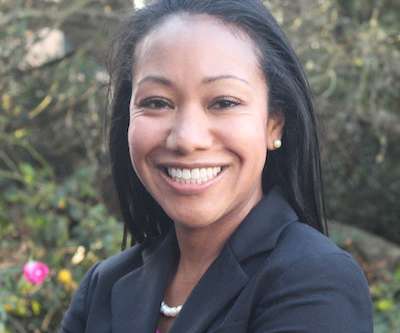
Diverse: Issues in Higher Education
DECEMBER 9, 2022
The coalition includes California Completes, a higher education and workforce research nonprofit offering guidance to state policy makers; InsideTrack, an organization that offers personalized coaching to help students succeed; ProjectAttain!, Dr. Su Jin Jez, executive director of California Completes.

University Business
FEBRUARY 29, 2024
.” “The highest-paying jobs in rural areas are in white-collar, blue-collar, and protective services occupations, and blue-collar and protective services occupations are more likely to employ men,” Martin Van Der Werf, report co-author and CEW’s director of editorial and education policy, said in the press release.
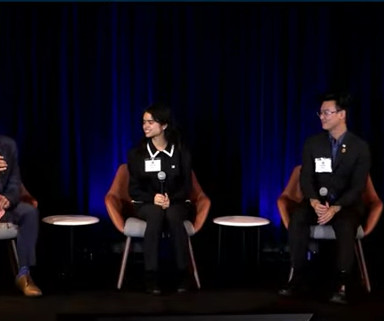
Diverse: Issues in Higher Education
APRIL 24, 2024
Department of Education (ED) and the Institute for Higher Education Policy (IHEP) held the Attaining College Excellence and Equity Summit: Holistic Advising and Wraparound Services in Washington, D.C. Dr. Aaron Thompson, president of the Kentucky Council on Postsecondary Education, said equity must be a top priority.
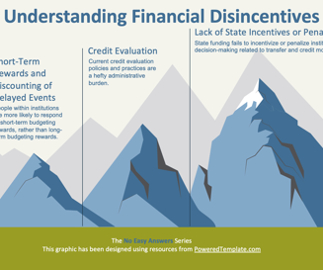
Inside Higher Ed
FEBRUARY 23, 2023
Therefore, in the postsecondary education arena, institutional decision-makers respond to short-term budgeting rewards. Figure 1 Postsecondary institutional budgets depend largely on tuition.

Insight Into Diversity
JULY 1, 2024
A recent report by the Institute for Higher Education Policy (IHEP) highlights the significant impact of these policies on furthering disparities in college access, particularly for Black, Hispanic, and low-income students. Supreme Court’s decision to eliminate race-conscious admissions practices.

IHEP
DECEMBER 20, 2023
By: Mamie Voight As the year draws to a close, we at the Institute for Higher Education Policy (IHEP) are taking a moment to reflect on the strides we’ve made and the work left to do to advance our mission – building a more equitable and just society through higher education.

Diverse: Issues in Higher Education
JULY 29, 2024
In April, Dr. Aaron Thompson, president of the Kentucky Council on Postsecondary Education (CPE), participated in the Attaining College Excellence and Equity Summit put together by the U.S. Department of Education and the Institute for Higher Education Policy.
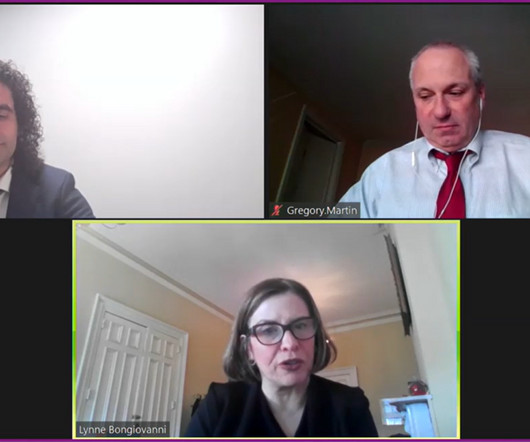
Inside Higher Ed
MARCH 10, 2023
OPMs “imported the worst features of predatory for-profit institutions into traditional higher education and normalized them through ubiquity,” said Barmak Nassirian, vice president for higher education policy at Veterans Education Success, an advocacy group.
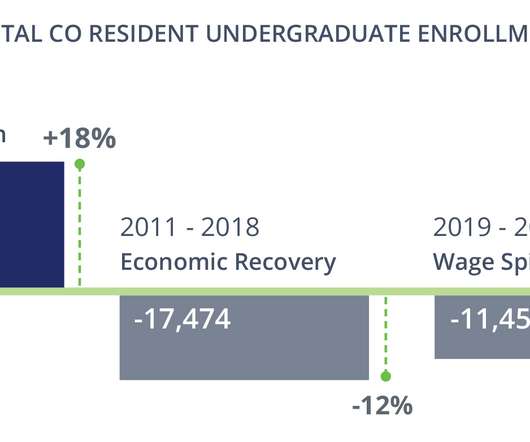
Inside Higher Ed
FEBRUARY 8, 2023
” The Crest of a ‘New Wave’ In the strategic plan, the commission notes the proposal is part of a “new wave” of higher education policy focused on value rather than enrollment or degree attainment. “Humanities majors want jobs, too.”

IHEP
APRIL 5, 2023
President Biden’s FY24 budget proposal included several much-needed increases in higher education funding. Pell Grants put postsecondary education closer within reach for more than seven million middle- and low-income families each year.

HESA
MAY 24, 2023
Specifically: How do we ensure sustainability through sound institutional financial health practices, continuous improvement and healthy competition in the postsecondary education sector? And these ones suggest that there is a lot of room for improvement in the state of the Higher Education policy discourse in Ontario.

IHEP
DECEMBER 20, 2021
The Institute for Higher Education Policy. The most important door that will ever open: Realizing the mission of higher education through equitable admission policies. The Institute for Higher Education Policy. Race and ethnicity in higher education: A status report. References. i Eckerson Peters, E.,
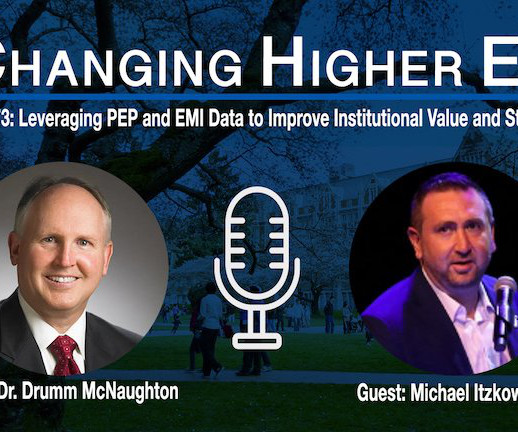
The Change Leader, Inc.
SEPTEMBER 19, 2023
billion in grants and establish policy for nearly $120 billion in Federal student aid every year.
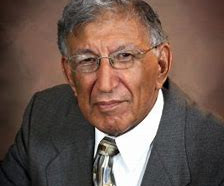
Diverse: Issues in Higher Education
APRIL 6, 2023
He was the first Latinx person to be named president of a community college, a founder and member-at-large of the Arizona Minority Education Policy Analysis Center at the Commission for Postsecondary Education, and a founding board member of the American Association of Hispanics in Education.
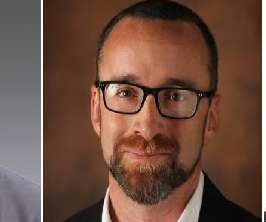
Inside Higher Ed
OCTOBER 11, 2022
We have tons of evidence, good causal evidence, that for an additional year of postsecondary education, earnings are going to increase by between 8 and 10 percent. It’s a reasonable question: For all the money that they’re putting in, are they seeing higher earnings from grads? The problem is all in the variation.

Inside Higher Ed
MARCH 15, 2023
” Kaufman said the addition of secret shoppers in one piece in a broader effort by the department to protect students from bad actors in postsecondary education. The department’s decision to use secret shoppers is “four decades overdue,” he said.
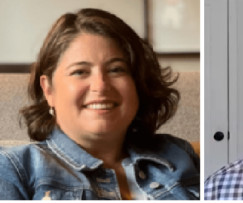
Inside Higher Ed
MARCH 21, 2023
Word in January that the University of Arkansas system is contemplating buying Phoenix raises fascinating questions about the state of for-profit higher ed and how to regulate the increasingly blurry landscape of postsecondary education and training. Is our public policy still overly focused on those institutions?
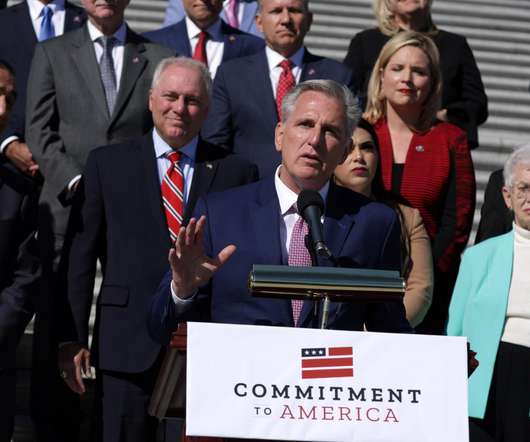
Inside Higher Ed
OCTOBER 17, 2022
Department of Education, higher education lobbyists and policy experts say. “Their priorities are going to be much more about building a record with an eye toward 2024,” said Frederick Hess, director of education policy studies for the American Enterprise Institute, a right-leaning think tank.

Higher Education Inquirer
JANUARY 28, 2025
In Oklahoma, for example, Ryan Walters, the state superintendent of public instruction, has formed a committee to oversee the changes in federal education policy he expects the Trump administration to make. The education system has needed these reforms for decades, Walters told FOX23 News Tulsa in November.

Diverse: Issues in Higher Education
MAY 1, 2025
"We must foster a competitive marketplace both amongst accreditors and colleges and universities in order to lower college costs and refocus postsecondary education on improving academic and workforce outcomes for students and families."

Diverse: Issues in Higher Education
DECEMBER 4, 2024
Dr. Marybeth Gasman Ultimately, geographic location will make the difference in access to and completion of postsecondary education in America, and as the Trump administration moves into the White House, experts predict more chaos, more confusion, and more challenges to higher education.

The Change Leader, Inc.
MARCH 25, 2025
With over 30 years of experience in federal higher education policy, Tom is a frequent contributor to the program and a trusted Washington insider. Department of Education and its role in postsecondary education.
Expert insights. Personalized for you.
We have resent the email to
Are you sure you want to cancel your subscriptions?


Let's personalize your content